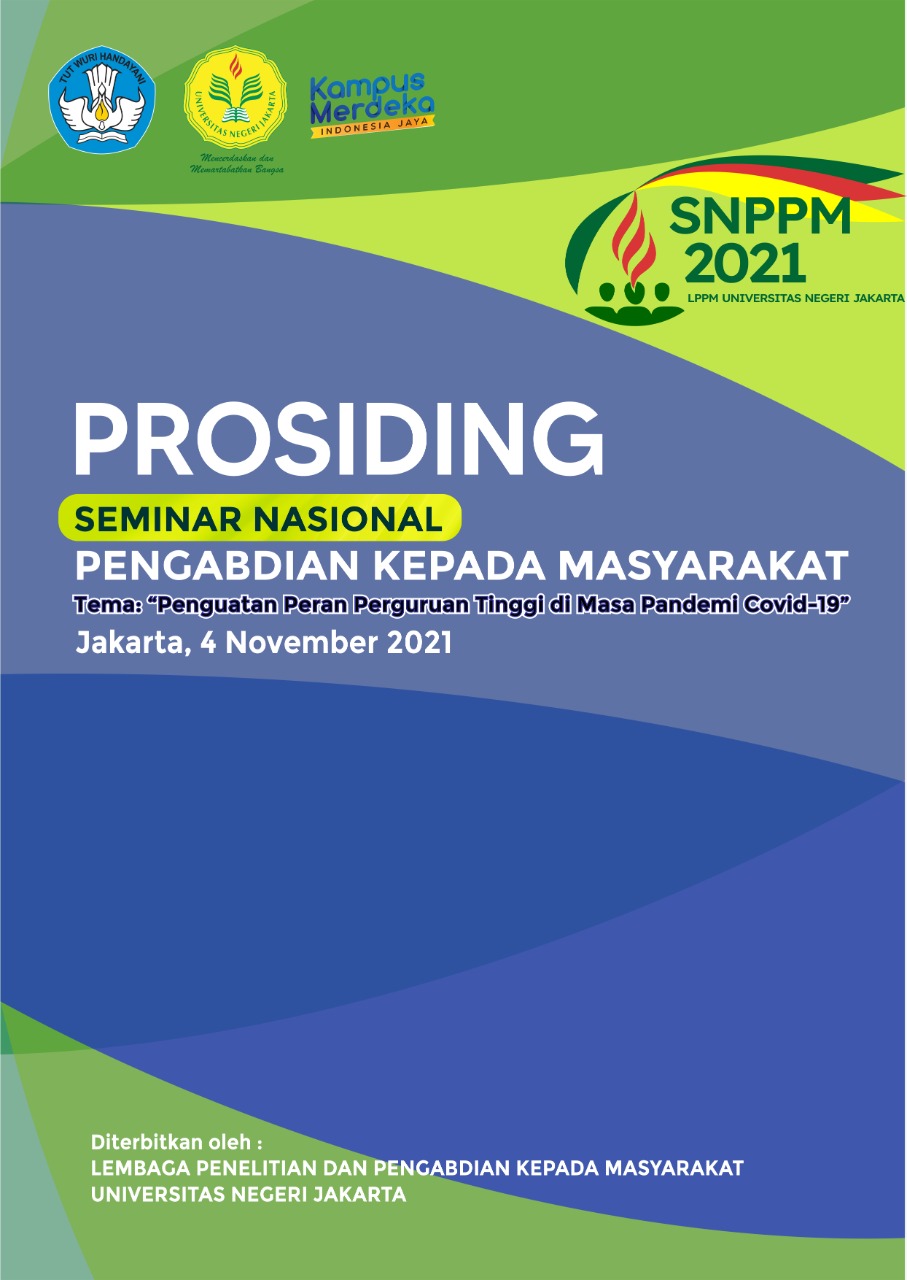AFIRMASI ACTION BAGI PEKERJA MIGRAN INDONESIA DI TAIWAN DENGAN PELATIHAN BATIK IKAT CELUP DAN ECO-PRINT
Keywords:
action affirmations, Indonesian migrant workers, tie dye, dye eco-printAbstract
Abstract
Twin Tech theory in the era of the industrial revolution 4.0, society 5.0 and VUCA is a necessity, especially for people who need support from universities as higher education institutions are also obliged to make a real contribution to society. In an effort to build the capacity of men and women to be able to develop home industries, local traditions and wisdom should be a strength in knitting our love for the homeland, Indonesia. The attempt in building the capacity of men and women to be able to develop home industries as a form of contribution to the country should be done with respect to the local traditions and wisdom. This study was focused on providing the Indonesian migrant workers in Taiwan with virtual tie-dyed and eco-printing Batik training with an affirmative action approach, The training incorporated virtual learning platforms including Zoom Meeting and Youtube. This study also carried out a process assessment which covered enthusiasm, collaboration, curiosity, contribution in giving ideas, discipline, new ideas, creativity, interest, ability in making arguments, and motivation. The outcomes of this training, which were the millennial version of nature inspired fashion products, would be promoted to the domestic and international market to promote the local wisdom and culture which were reflected in the eco-printed products produced by the participants which were face masks, hats, and clothes.









